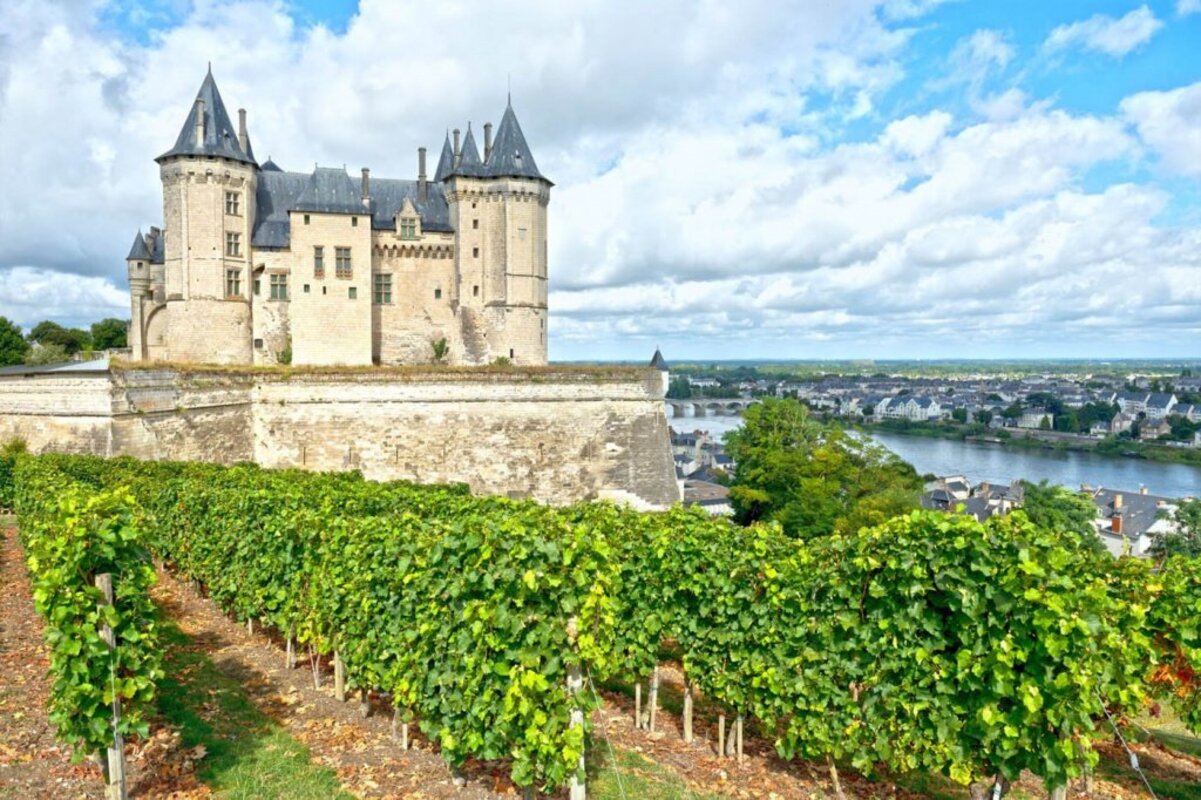The Loire Valley is not only a picturesque region in France but also a treasure trove of history, architecture, and winemaking traditions. Stretching along the Loire River, it is home to numerous medieval castles, lush vineyards, and historic towns. Tourists from around the world come here to experience the spirit of the French Renaissance and visit legendary royal residences. This region is known for its elegance, harmony, and natural beauty. Below are fascinating facts you may not know that shed light on the uniqueness of this remarkable area.
- The Loire Valley was inscribed on the UNESCO World Heritage List in the year 2000. This recognition was given due to its exceptional cultural and architectural value. The protected area stretches over 280 kilometers along the river.
- There are more than 300 castles in the region, each with its own story, legends, and architectural style. Most of them were built between the 11th and 16th centuries. The most famous ones include Chambord, Chenonceau, Amboise, and Blois.
- The Château de Chenonceau is built directly over the river, and its arches reflect in the water like a mirror. It is often called the castle of women because it belonged to many influential ladies. During World War I, it even served as a military hospital.
- Chambord Castle is one of the largest and most magnificent castles in France, with over 400 rooms and 80 staircases. Part of its design is believed to have been influenced by Leonardo da Vinci. Its double helix spiral staircase is a unique architectural feature in Europe.
- The Loire Valley is known as the Garden of France due to its fertile soil and diversity of crops. Apples, pears, plums, strawberries, and vegetables are grown here. The green landscapes make it an ideal spot for walks and outdoor relaxation.
- This region is one of France’s most important wine-producing areas. It produces white, red, rosé, and sparkling wines, including the renowned Sancerre, Vouvray, Muscadet, and Chinon. Wine tasting and vineyard tours are among the top attractions.
- The Loire River is the longest river in France, with a length of more than 1,000 kilometers. It begins in the Massif Central and flows into the Atlantic Ocean. Along the river, you can find charming villages, vineyards, and old mansions.
- The city of Tours is home to one of the oldest cathedrals in France, Saint Gatien’s Cathedral. Its construction took over 300 years to complete. The stained glass windows from the 14th century make it a masterpiece of Gothic architecture.
- Leonardo da Vinci spent the final years of his life in the Loire Valley, in the town of Amboise. He is buried in the Chapel of Saint Hubert on the grounds of the royal castle. At Clos Lucé, you can see models of his inventions and a reconstruction of his workshop.
- The Loire Valley witnessed many major events in French history, including the Hundred Years’ War and religious conflicts. During times of plague or war, kings often relocated to the castles in this region. It was considered a safe and strategically important place.
- The region’s architecture blends Gothic, Renaissance, and Baroque styles. Many castles are equipped with moats and defensive structures. Inside, you’ll find tapestries, frescoes, antique furniture, and grand fireplaces.
- The valley is a habitat for many bird species, including herons, cranes, eagles, and storks. It is protected as a nature reserve. Canoe trips and birdwatching tours are popular activities here.
- In summer, the region hosts numerous festivals, including medieval reenactments, wine celebrations, and open-air concerts. The Chambord Castle festival is one of the most famous, featuring costumed parades and fireworks. These events attract tourists from all over Europe.
- The Loire Valley has long been a source of inspiration for artists, poets, and writers. Notable figures like Honoré de Balzac, George Sand, and Gustave Flaubert created works here. Its landscapes were also depicted in paintings by Impressionists.
- The region has a well-developed cycling network. The “Loire à Vélo” route covers over 900 kilometers along the river. It is one of the most popular cycling trails in Europe.
These amazing facts show just how rich and diverse the Loire Valley is. It brings together France’s history, natural beauty, and cultural heritage in one exceptional location. A visit to this place feels like walking through a living encyclopedia. For anyone seeking inspiration, peace, and unforgettable experiences, the Loire Valley is a perfect choice.





